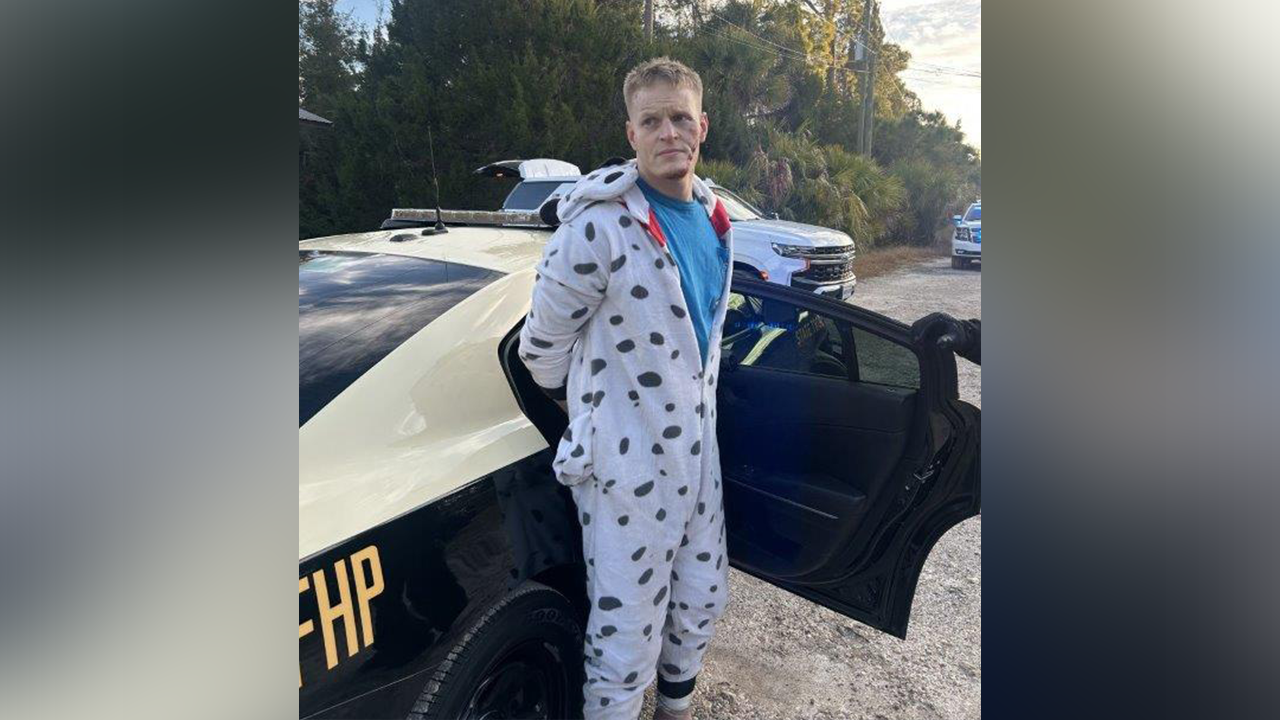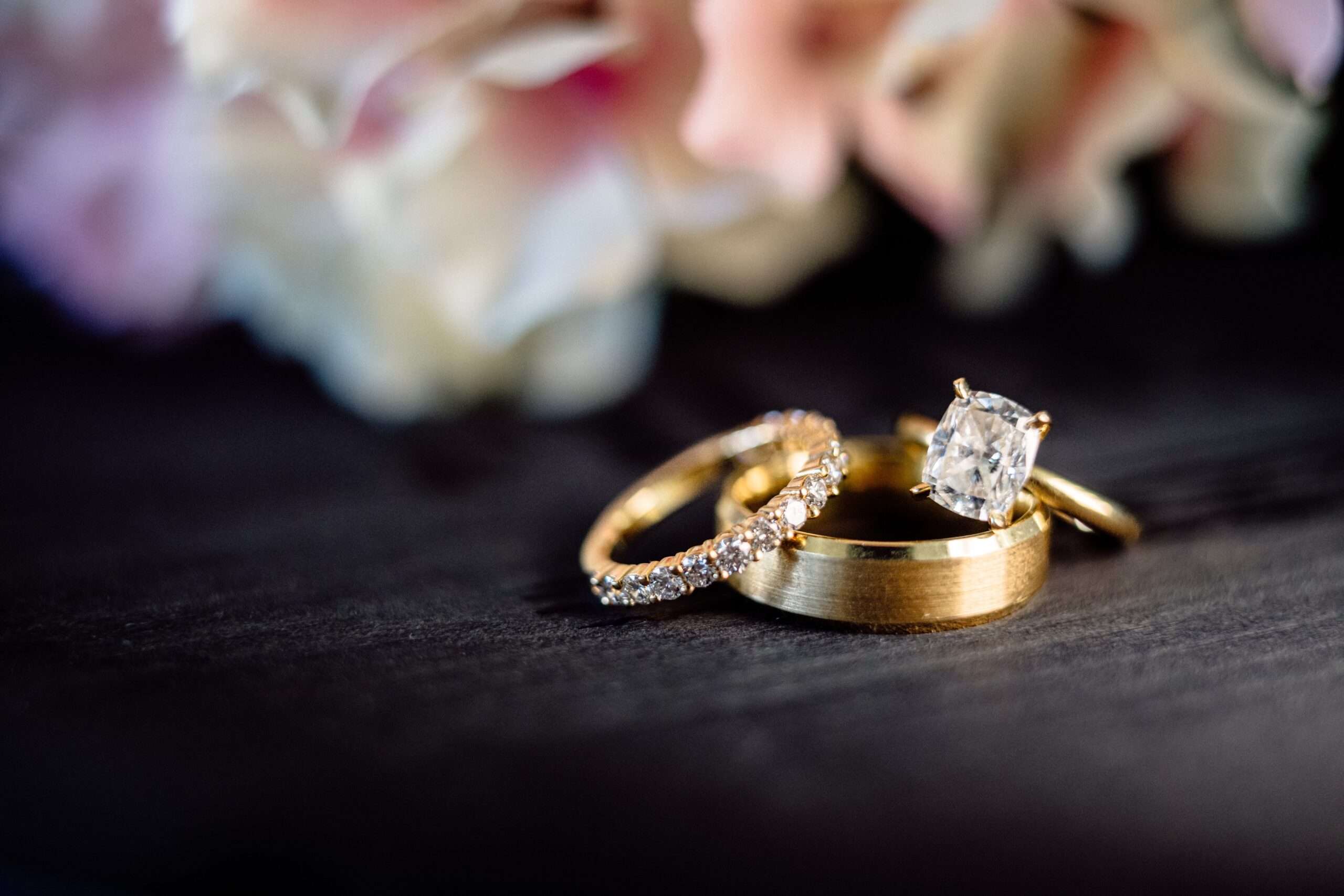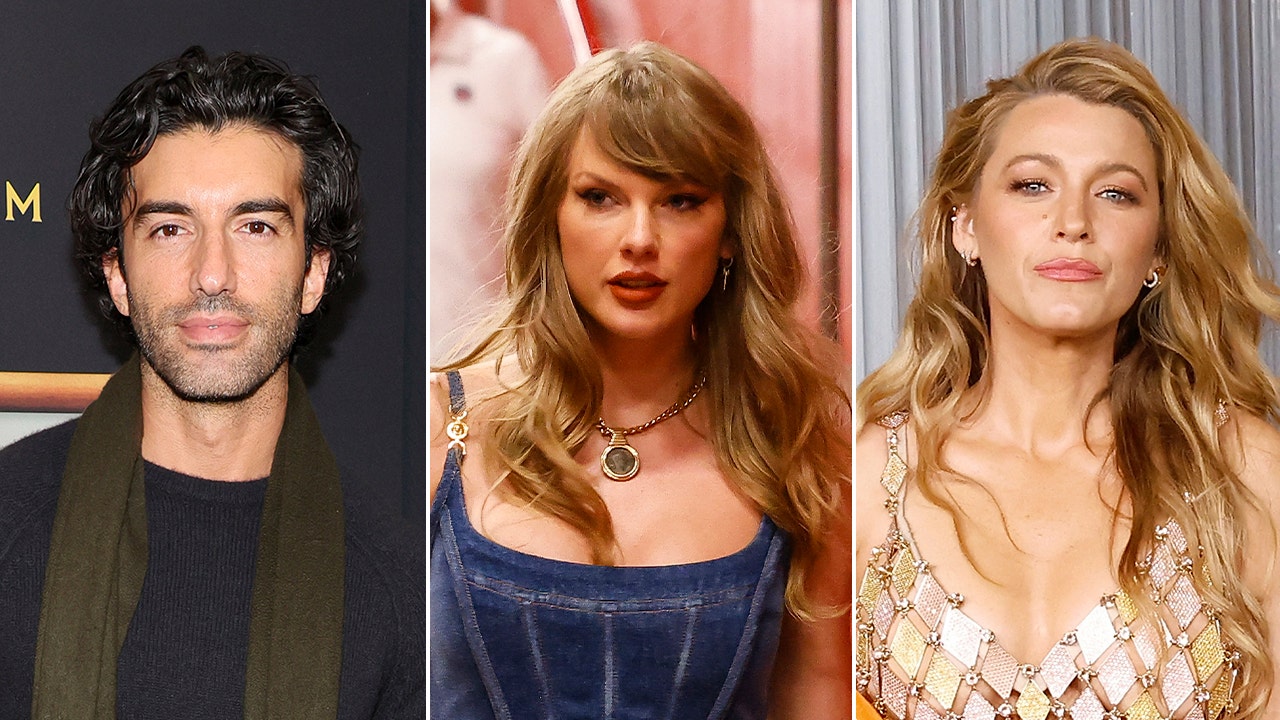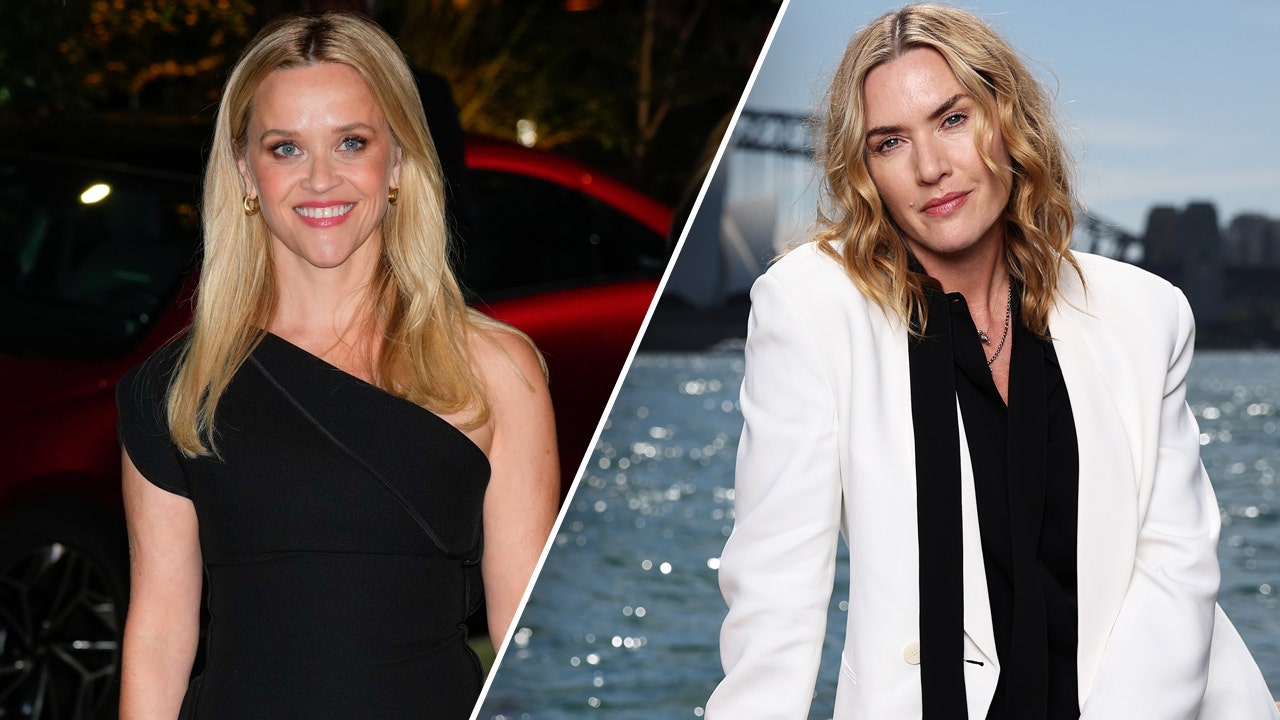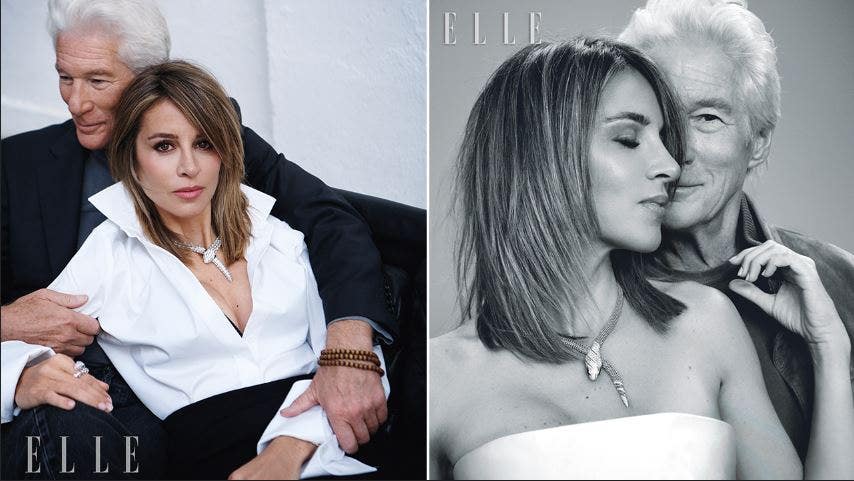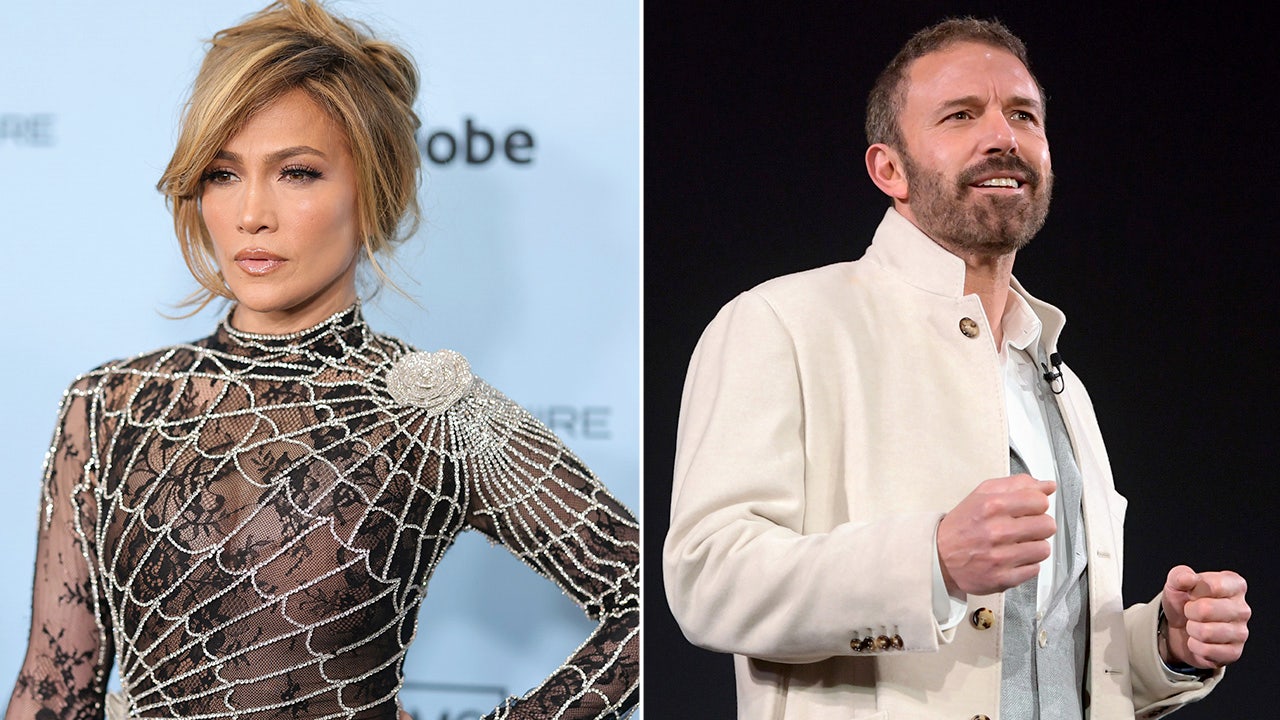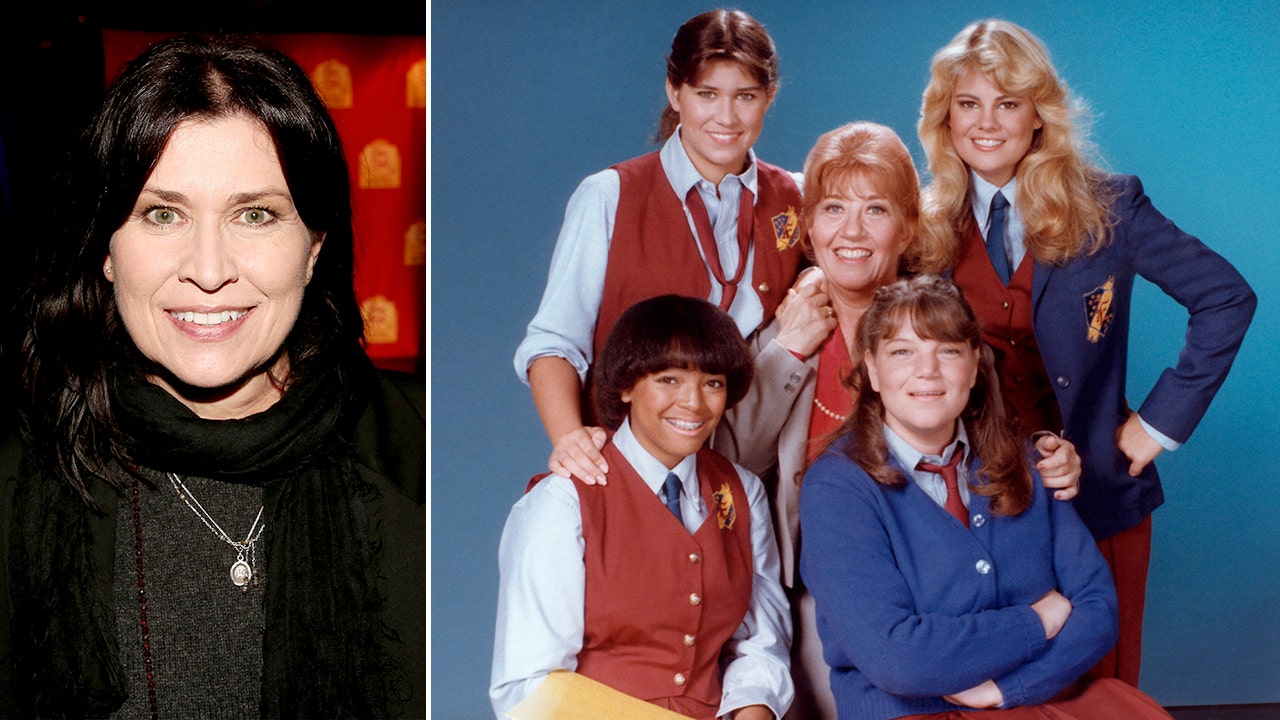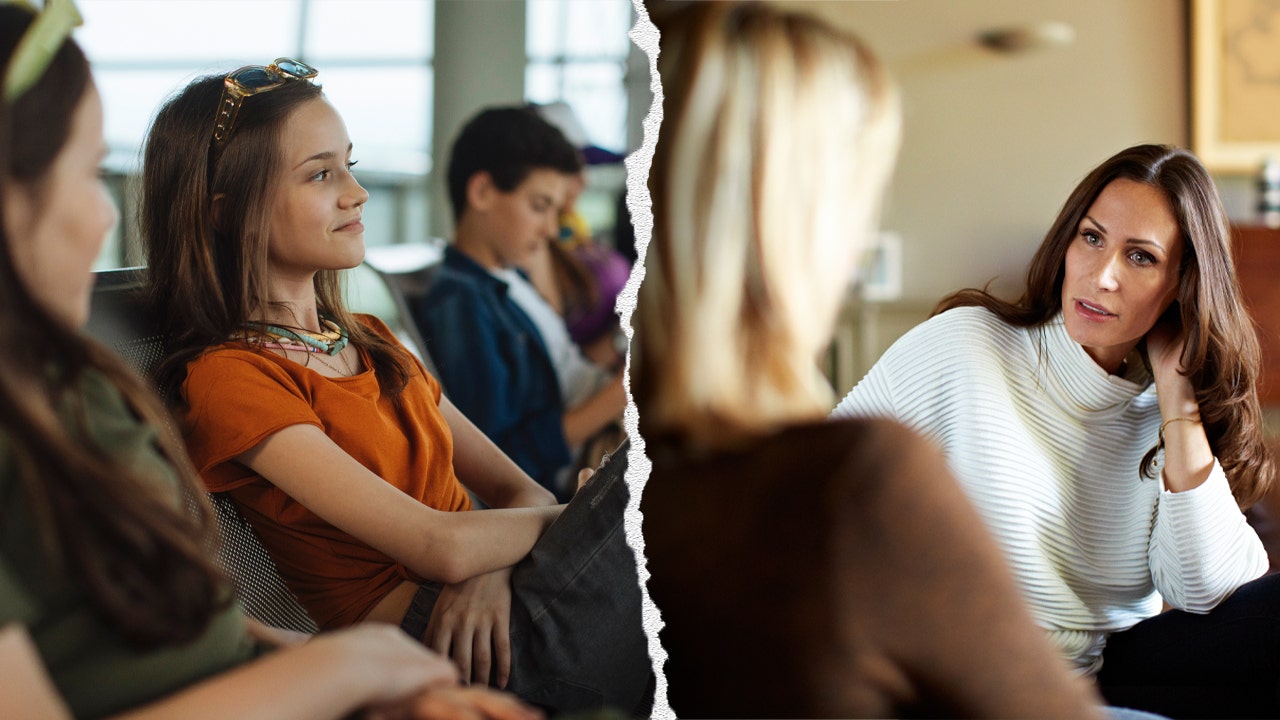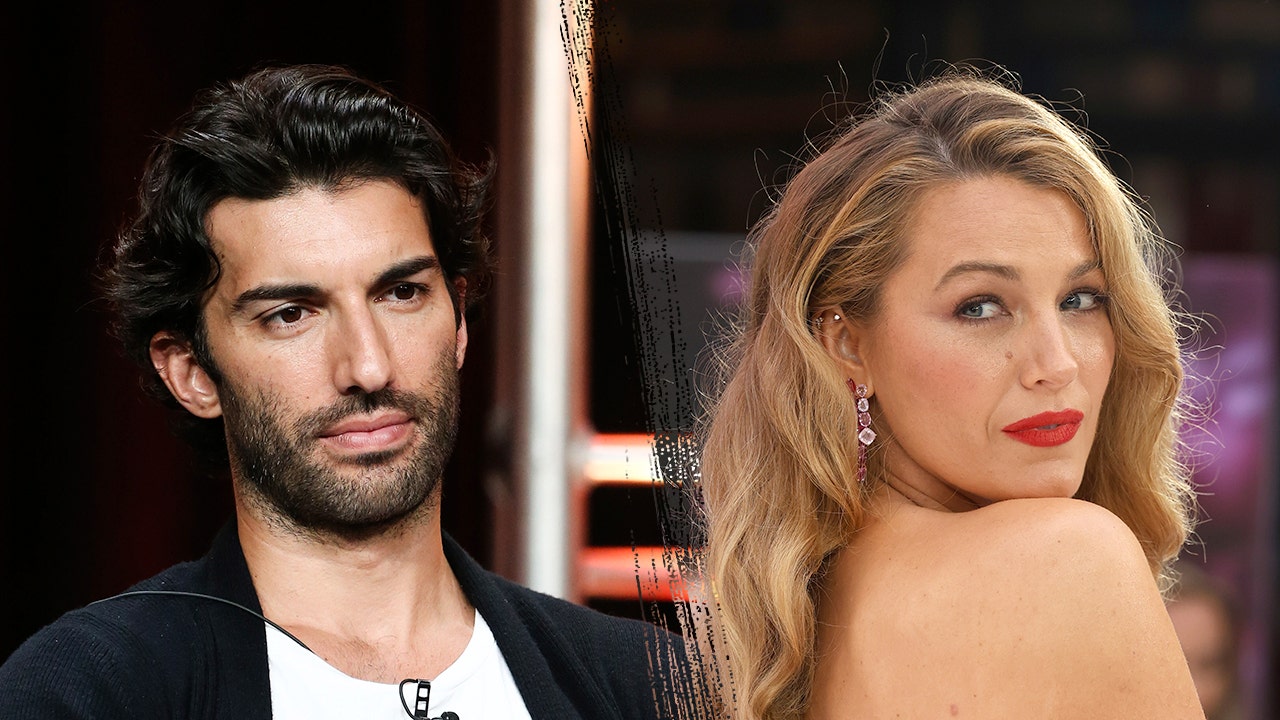Justin Baldoni Responds to Blake Lively’s Claims: Seeking Truth in Turbulent Waters
Justin Baldoni plans to “expose” what his lawyer calls a “false” narrative created by Blake Lively’s legal complaint against the actor.
The actor’s impending lawsuit will share the “truth” after Lively accused Baldoni of sexual harassment leading up to filming the Colleen Hoover-adapted movie, “It Ends With Us.”
“This is not a response or countersuit – it’s a deliberate pursuit of truth,” Baldoni’s lawyer, Bryan Freedman, told People magazine.
“This lawsuit will uncover and expose the false and destructive narrative that was intentionally engineered by a trusted media publication who relied upon nefarious sources and neglected a thorough fact-checking process to confirm the validity of these texts,” Baldoni’s lawyer said.
“There is an insurmountable collection of authentic evidence, including timelines and communications, which have not been doctored or spliced without context, unlike the altered [‘New York Times’] story that ran on Saturday, December 21st 2024,” the statement continued.
“This lawsuit will uncover and expose the false and destructive narrative that was intentionally engineered by a trusted media publication who relied upon nefarious sources and neglected a thorough fact-checking process to confirm the validity of these texts.”
Lively detailed allegations of sexual harassment, retaliation, intentional affliction of emotional distress, negligence and more in a complaint filed Dec. 20 with the California Civil Rights Department.
The actress reportedly convened an “all hands” meeting on Jan. 4, 2024 regarding the alleged behavior of Baldoni and film producer Jamey Heath, during which her husband, Ryan Reynolds, was present.

Among the behaviors discussed in that meeting were prohibitions against showing nude videos or images of women to Lively, avoiding the topic of Baldoni’s or Heath’s past struggles with “pornography addiction,” and refraining from any personal sexual anecdotes. This intricate tapestry of expectations also included avoiding discussions around Lively’s weight or her deceased father, painting a vivid picture of the stakes involved.
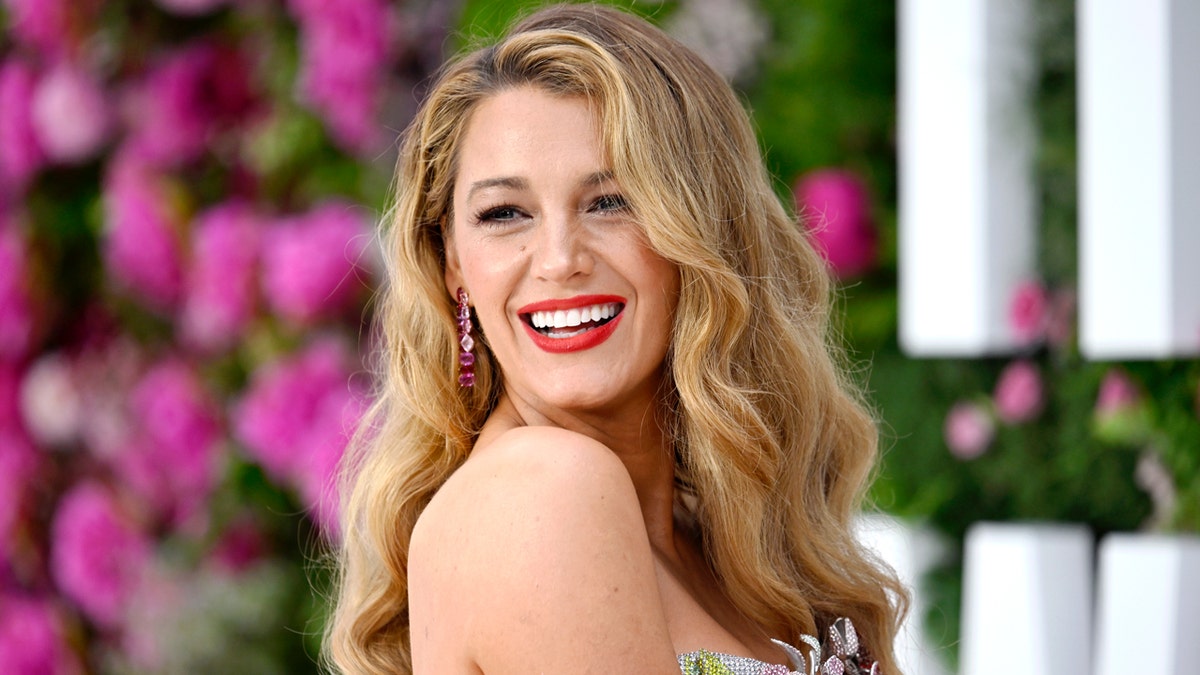
Despite a supposed consensus to halt such conduct, Lively claims in her legal document that Baldoni waged a “social manipulation” campaign aimed at undermining her career and public persona. The emotional weight of these allegations casts a long shadow, bearing witness to the complexities of human relationships in a high-pressure environment.
“I hope that my legal action helps pull back the curtain on these sinister retaliatory tactics to harm people who speak up about misconduct and helps protect others who may be targeted,” Lively told The New York Times in a statement.
Baldoni’s lawyer rejected these claims vehemently, labeling them as “completely false, outrageous, and intentionally salacious with an intent to publicly hurt and rehash a narrative in the media.”
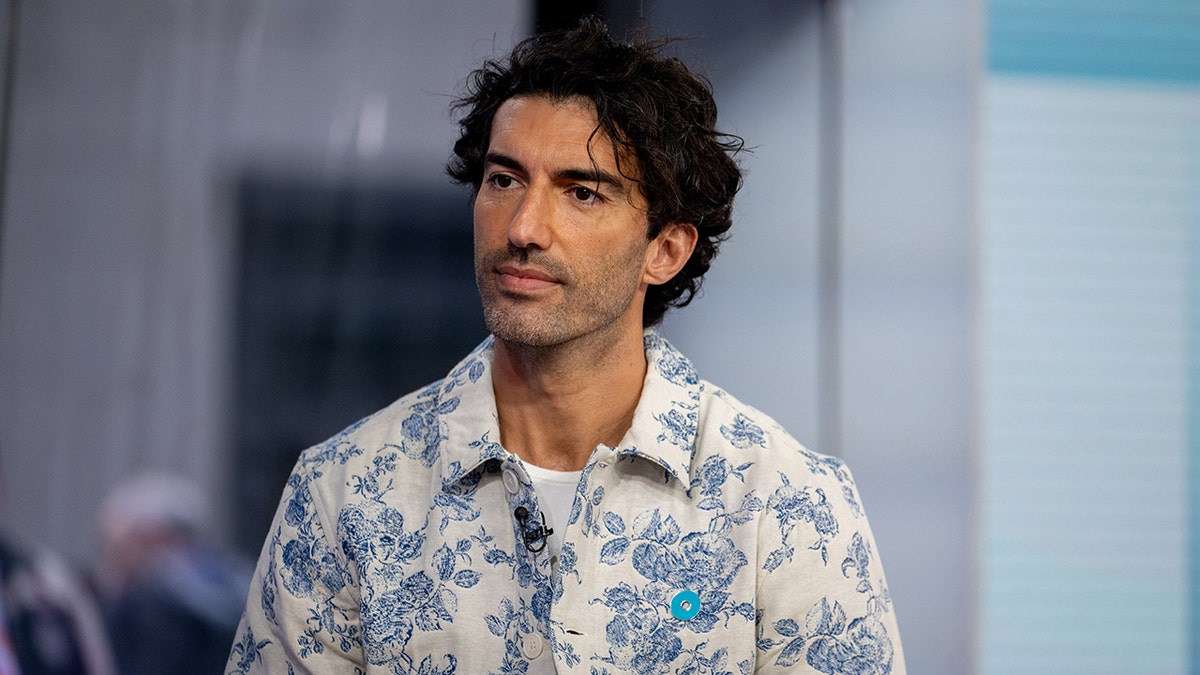
Amid the chaos, this tumultuous saga serves as a lens through which the intersection of art and ethical conduct is revealed. As the public watches, each party finds themselves positioned on opposite sides of a narrative that threatens to entangle not just their careers, but their lives. In times like these, one cannot help but ponder how assumptions can lead to misjudgments, and how truth is often as complex as the emotions it entails.
To add to the intrigue, a fascinating fact emerges: the average American spends nearly 1,300 hours a year watching films and television. In an industry where fame and public perception mix, the stakes are incredibly high. The unfolding drama around Baldoni and Lively is not merely entertainment; it’s a reflection of broader societal issues regarding accountability and the weight of voices that often go unheard.


